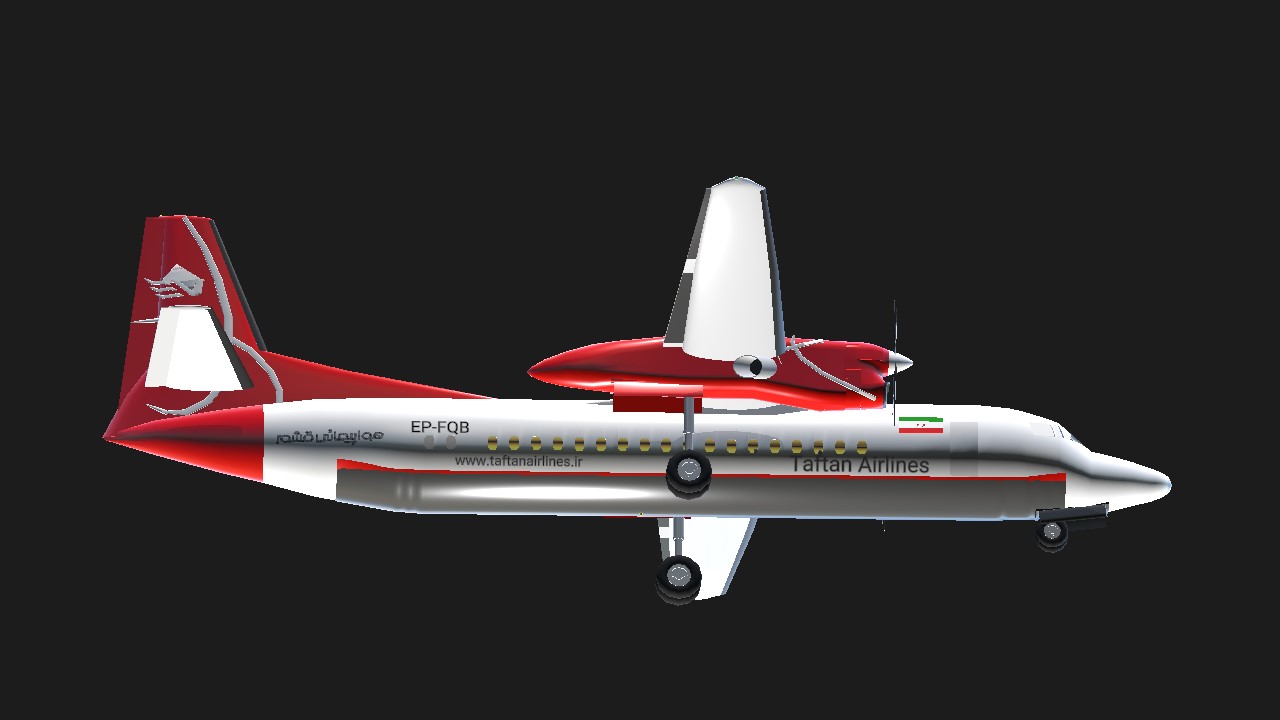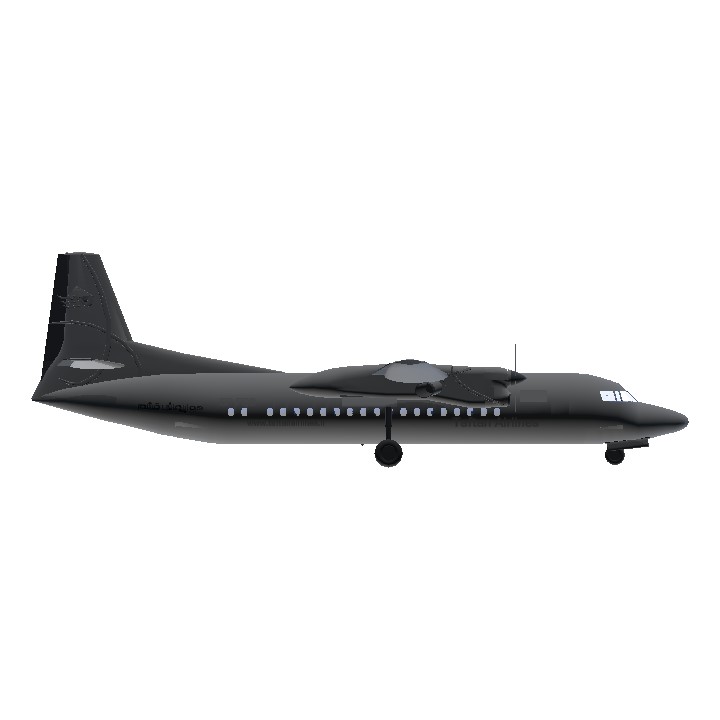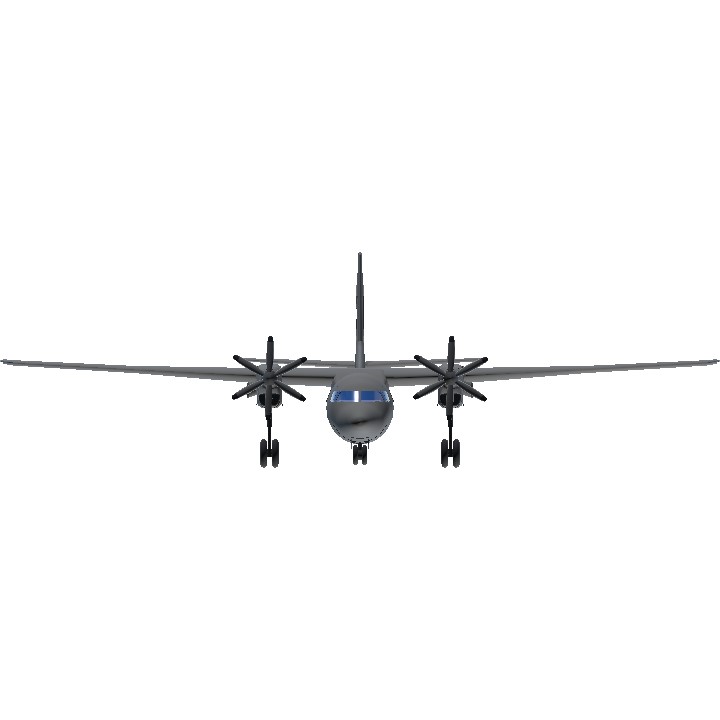Along with the announcement of the 100-seat F-100 in November 1983, Fokker officials announced that they were also considering a 50-seat turboprop aircraft. This plan was developed to replace the best-selling F-27 aircraft. The basis of the new design was the F-27-500 model, but it had many important changes of about 80% compared to the previous model. With the use of PW125 turboprops and its 6-blade propeller, the cruise speed of the aircraft was increased by 12% and fuel consumption was significantly saved. Other improvements in the F-50 include: the use of new flight electronics in the cockpit, the limited use of composite materials and a new cabin design for greater passenger comfort. Fokker initially equipped two prototypes with the same airframe as the F-27, the first of which flew on December 28, 1985. Finally, after preliminary tests, the first F-50 aircraft flew on February 13, 1987, and successfully received its certificate of airworthiness in May 1987. The first delivery aircraft was delivered to Lufthansa Cityline in August of the same year. The base model of the Fokker 50 is the F-50-100. Model 120 was designed using 3 doors instead of 4 doors. In 1990, Fokker decided to build the Model 300 using the more powerful PW127B turboprops. These engines allowed the aircraft to reach higher cruise speeds and perform better, especially at altitude. The only known development of the Fokker 50 was the Fokker 60 aircraft. This model, which was 1.62 meters longer than the F-50 model, was built for the Royal Netherlands Air Force. Following Fokker's financial problems and the subsequent bankruptcy of this Dutch factory on March 15, 1996, F-50 production also ended, and the last Fokker 50 was delivered to Ethiopian Airlines in May 1997. A total of 213 aircraft have been produced.
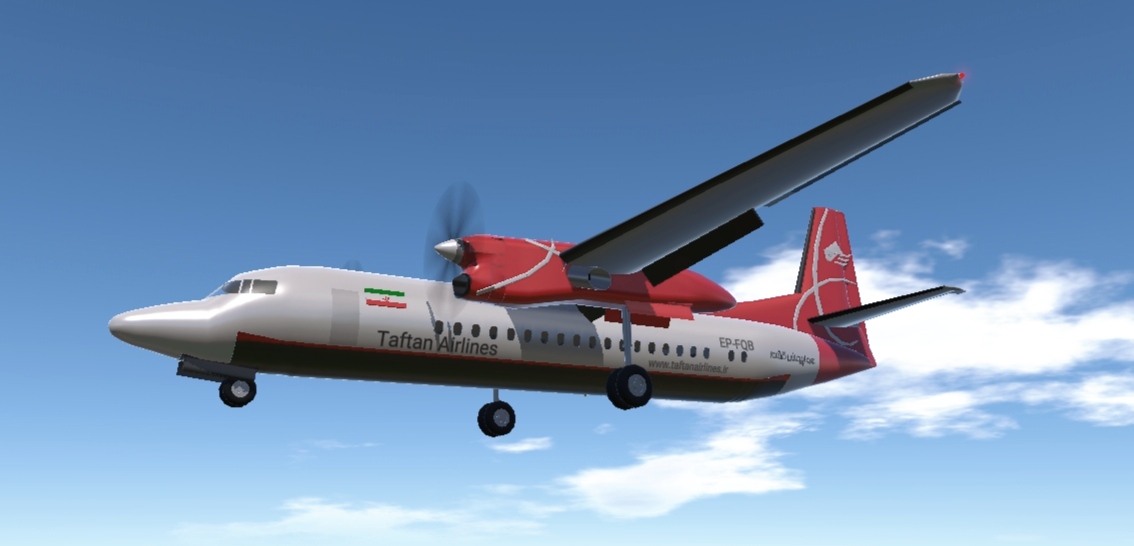
Real Photo:
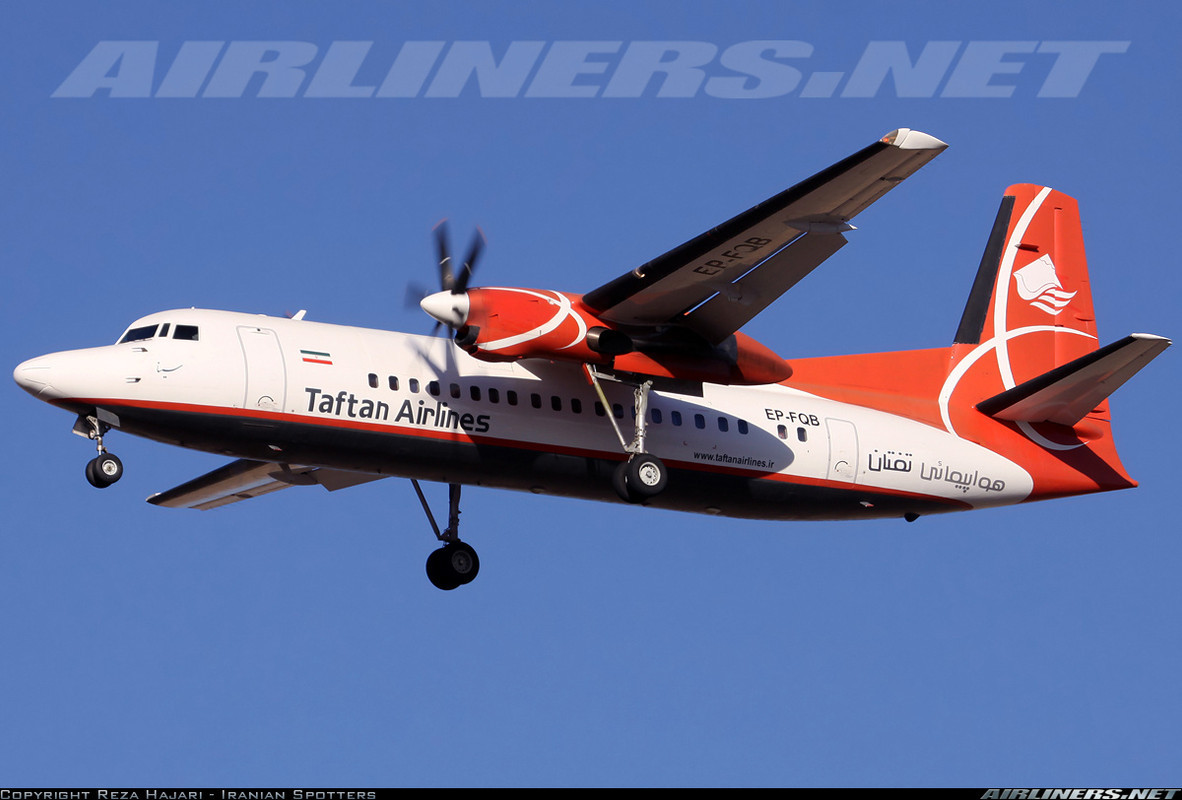
Credit to @FatPilotOne's for his original Fokker 50
The Persian text says that the plane is made by @FoxtrotCharlieCharlieX
Specifications
General Characteristics
- Predecessor Fokker 50 Taftan Air
- Created On Android
- Wingspan 97.3ft (29.7m)
- Length 88.9ft (27.1m)
- Height 29.2ft (8.9m)
- Empty Weight 45,160lbs (20,484kg)
- Loaded Weight 54,915lbs (24,909kg)
Performance
- Horse Power/Weight Ratio 0.109
- Wing Loading 52.4lbs/ft2 (255.6kg/m2)
- Wing Area 1,048.9ft2 (97.4m2)
- Drag Points 12041
Parts
- Number of Parts 766
- Control Surfaces 9
- Performance Cost 2,707


